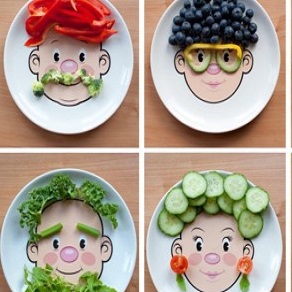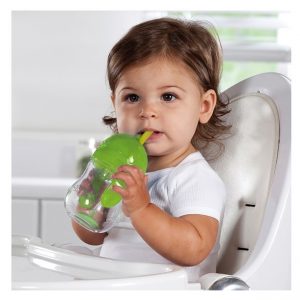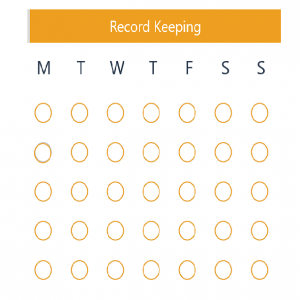A picky eater is…
-A child with an unwillingness to eat familiar foods or to try new foods, as well as strong food preferences.
-A child with poor dietary variety (during early childhood).
-A child whose diet and nutrient composition is concerning.
-A child who may experience possible adverse health-related outcomes due to this fussy/picky eating.
Note!
There is no single widely accepted definition of picky eating, and therefore there is little consensus on an appropriate assessment measure and a wide range of estimates of prevalence.
A.R.F.I.D
Avoidant/Restrictive Food Intake Disorder or restricted eating in children is a condition where the child (or adult) has an apparent lack of interest in food that is manifested by a refusal to eat and meet nutritional needs. This avoidance is often based on the sensory characteristics of food: smell, color, texture, taste…and a worry that eating the food will lead to aversive consequences.
To meet the diagnostic criteria for AFRID as per the DSM 5 (diagnostic and statistical manual of mental disorders), the child must display a feeding disturbance that is supported by one or more of the following symptoms:
-Substantial weight loss (behind on the growth curve)
-Significant nutritional deficiencies
-Dependence on a feeding tube or oral nutritional supplements
-Interference with psychosocial functioning (distress associated with eating / affects daily life)
-The disturbance should not be due to unavailability of food as well as anorexia nervosa and bulimia and cannot be attributable to a medical condition (DSM V).

Is your child a picky eater?

Let’s understand why… it’s a matter of development!
It’s very common for children to go through a phase where they are a little/much more picky than they used to be during mealtimes. This comes with the need to assert their own autonomy. Suddenly it’s about wanting to put their own shoes, brush their teeth and choose the food that they eat
As children grow… they taste buds develop as well. It is therefore natural for a toddler to become more selective as he grows up as opposed to eating what was given to him when he was a baby. It’s also not unusual for children to be so cautious about eating that there are fewer things they will eat than things they won’t.
Tip #1 Avoid forcing food
1.Avoid forcing food onto your picky eater. As long as there is variety, let’s not focus on that particular green vegetable!

Tip # 2 Be a role model
-Get creative
-Eat with your child
-Try new foods with your child

Tip # 3 Happy meal times
Children eat better when they enjoy mealtime. The less pressure the more they are likely to associate this time with positive emotions and the more they are likely to eat.

Tip # 4 Get the child involved


Tip # 5 Baby steps… sometimes it’s not just about the taste

Tip # 6 Limit the time spent eating & focus on regular times & routines

Tip # 7 Try again and again and again… get creative

Tip # 8 Encourage independence and reward efforts

The longer a child is severely picky the harder it will be to get the child to try new foods… remember to seek help
Therapeutic Interventions
Behavioral interventions such as “exposure therapy” and “food chaining” have been shown to be beneficial techniques to help children with ARFID.
CBT is a goal-oriented form of psychotherapy that focuses on helping a person change his/her patterns of thinking or behaviors that are behind the symptoms they may be experiencing. CBT techniques may include identifying triggers and factors that might be refraining the child from eating certain foods (worries, fears). CBT also teaches children to cope with the anxiety they feel when exposed to certain foods and reduce the physical symptoms they may experience (muscle relaxation, focused attention strategies and breathing techniques).









